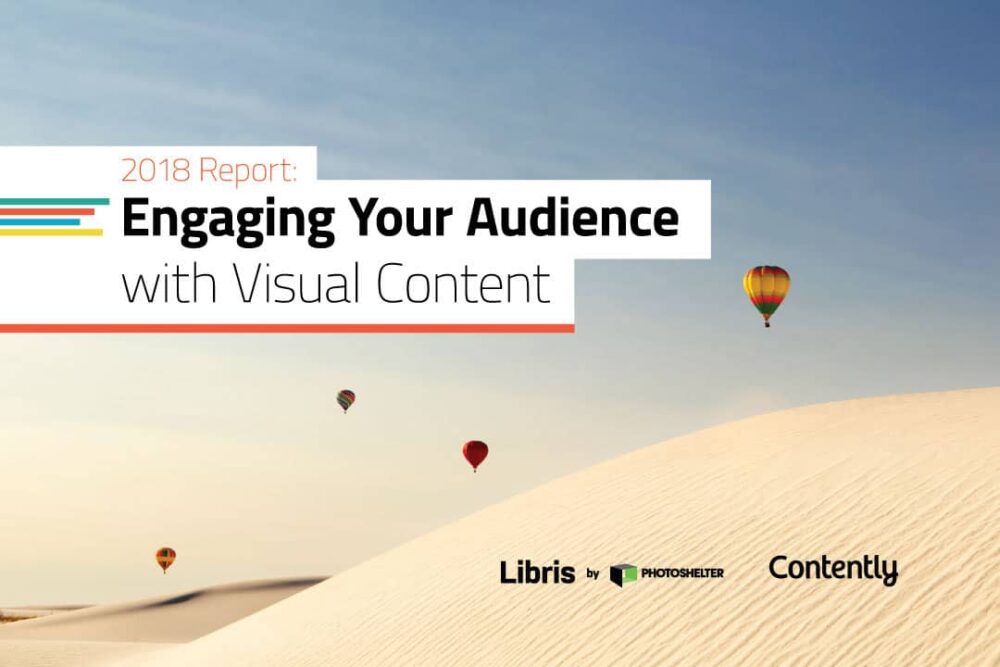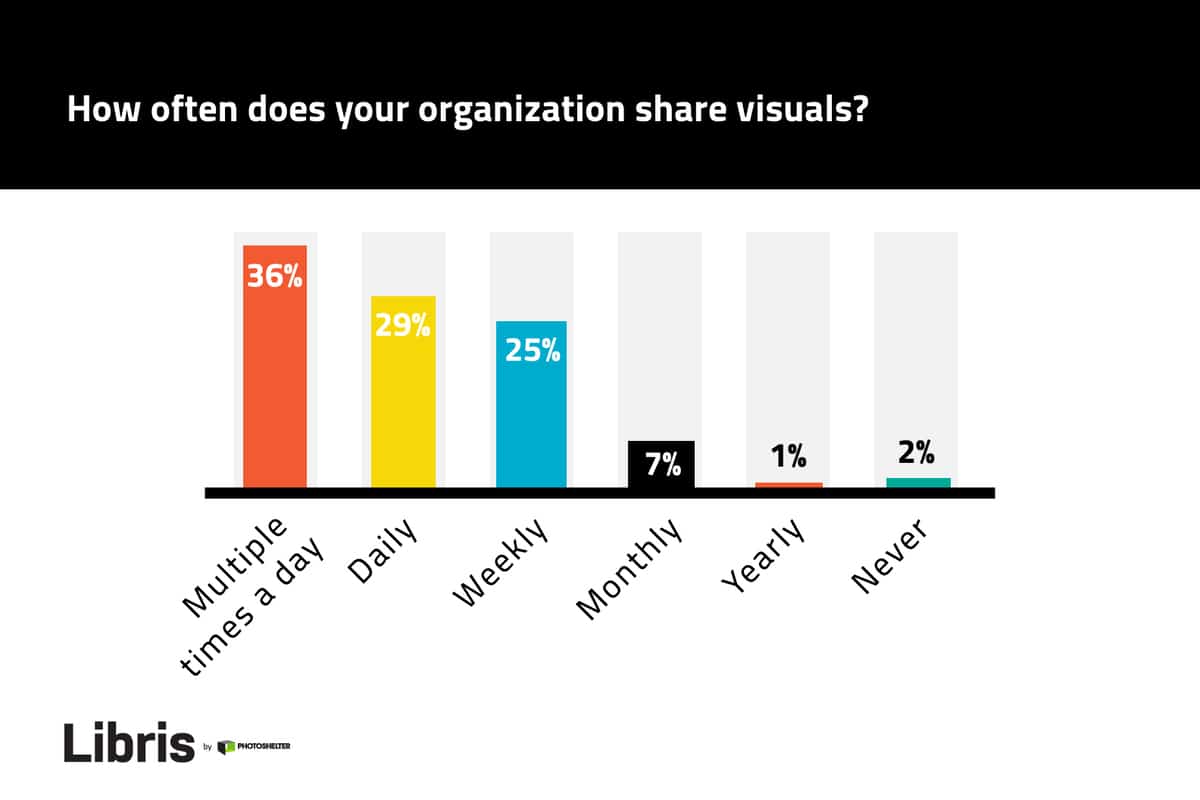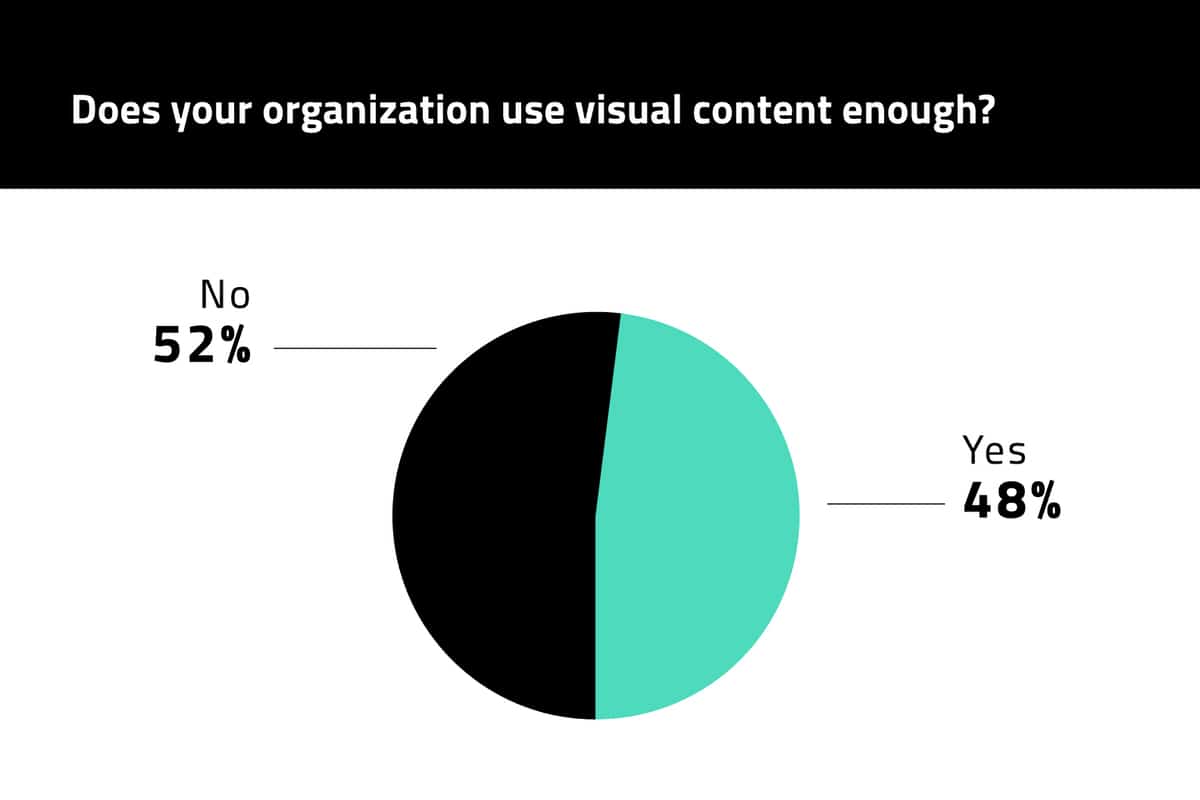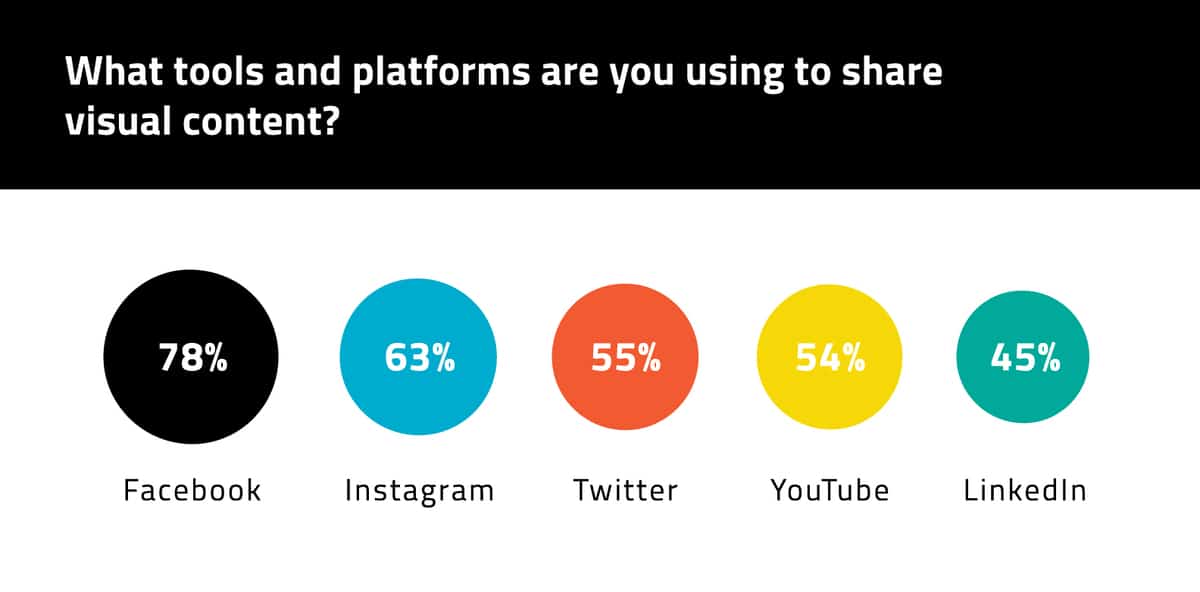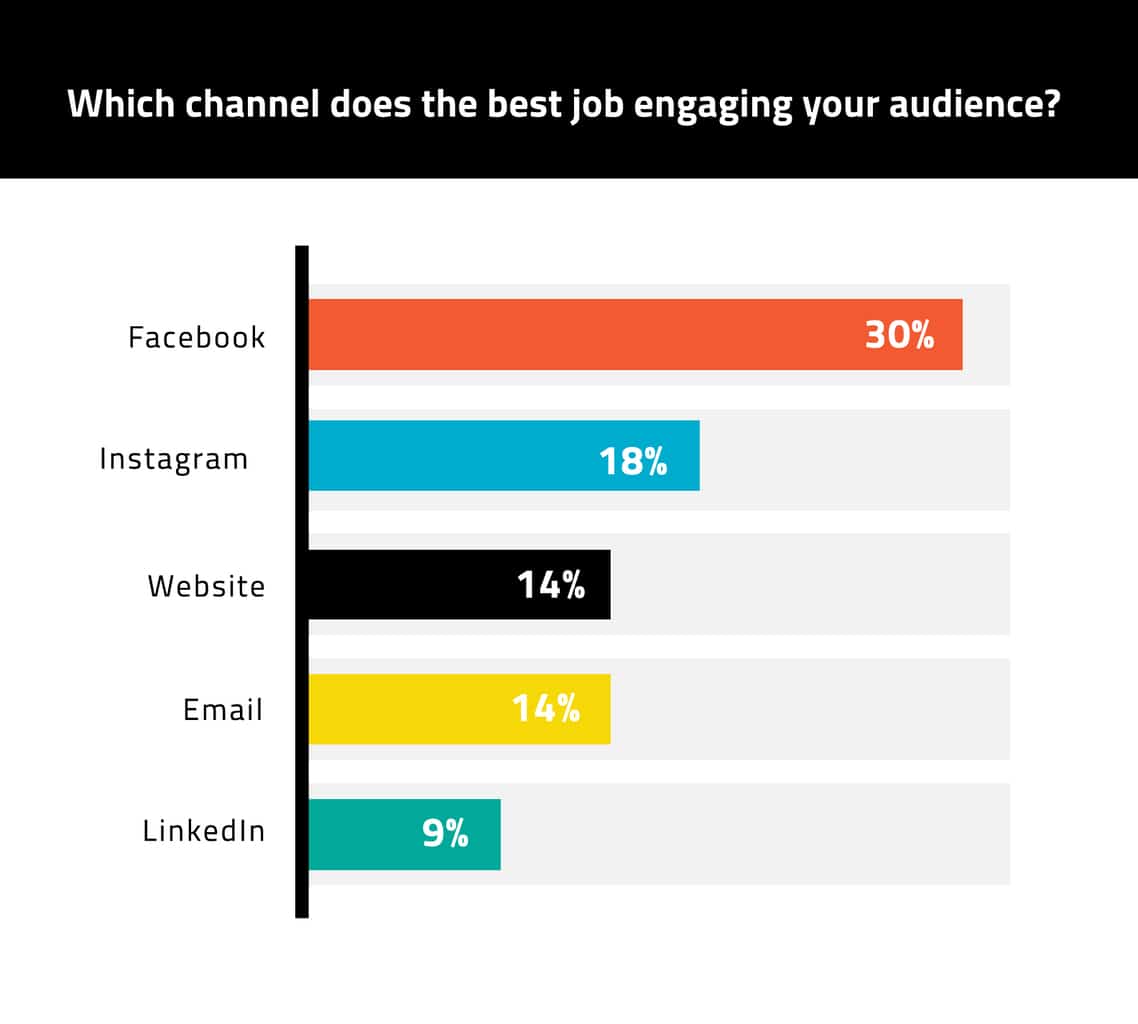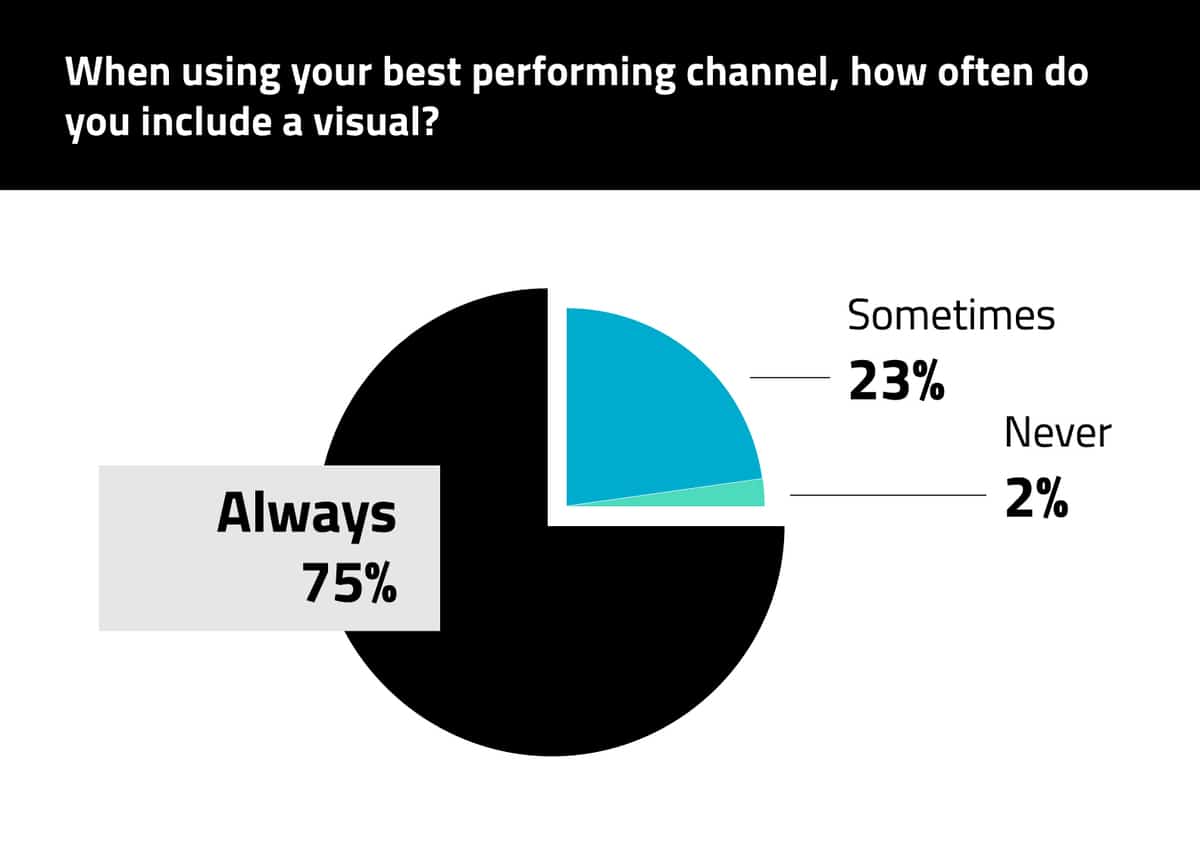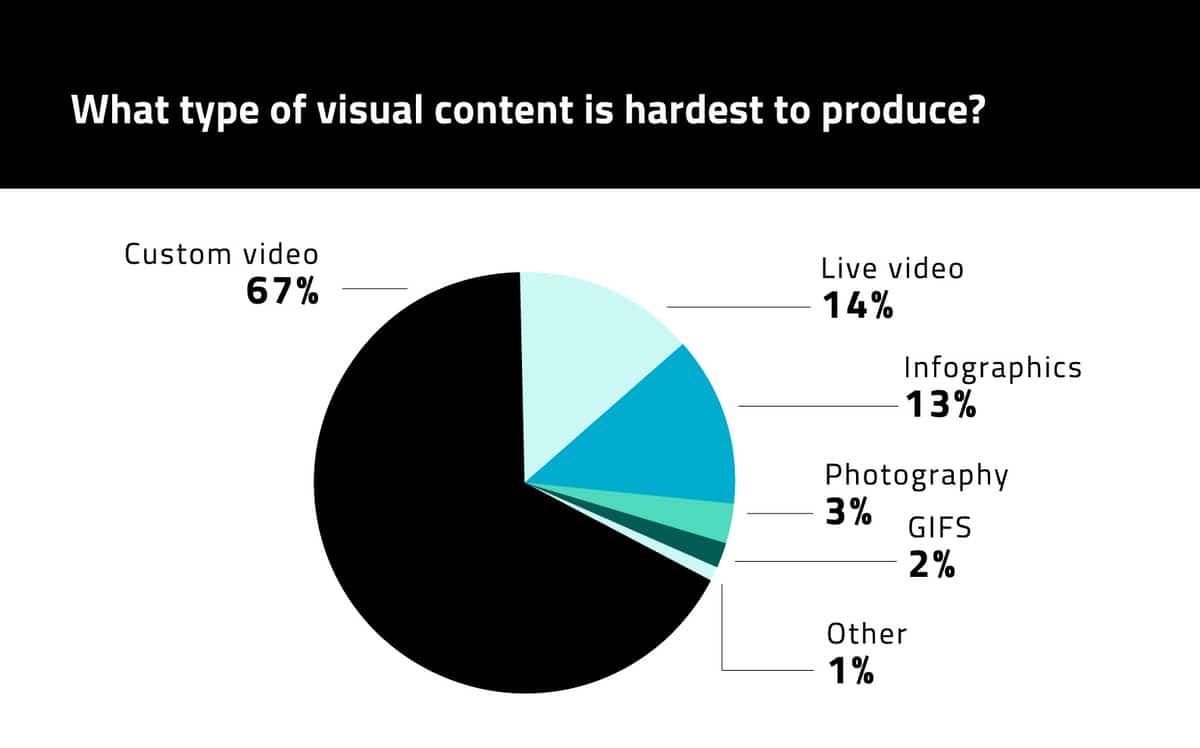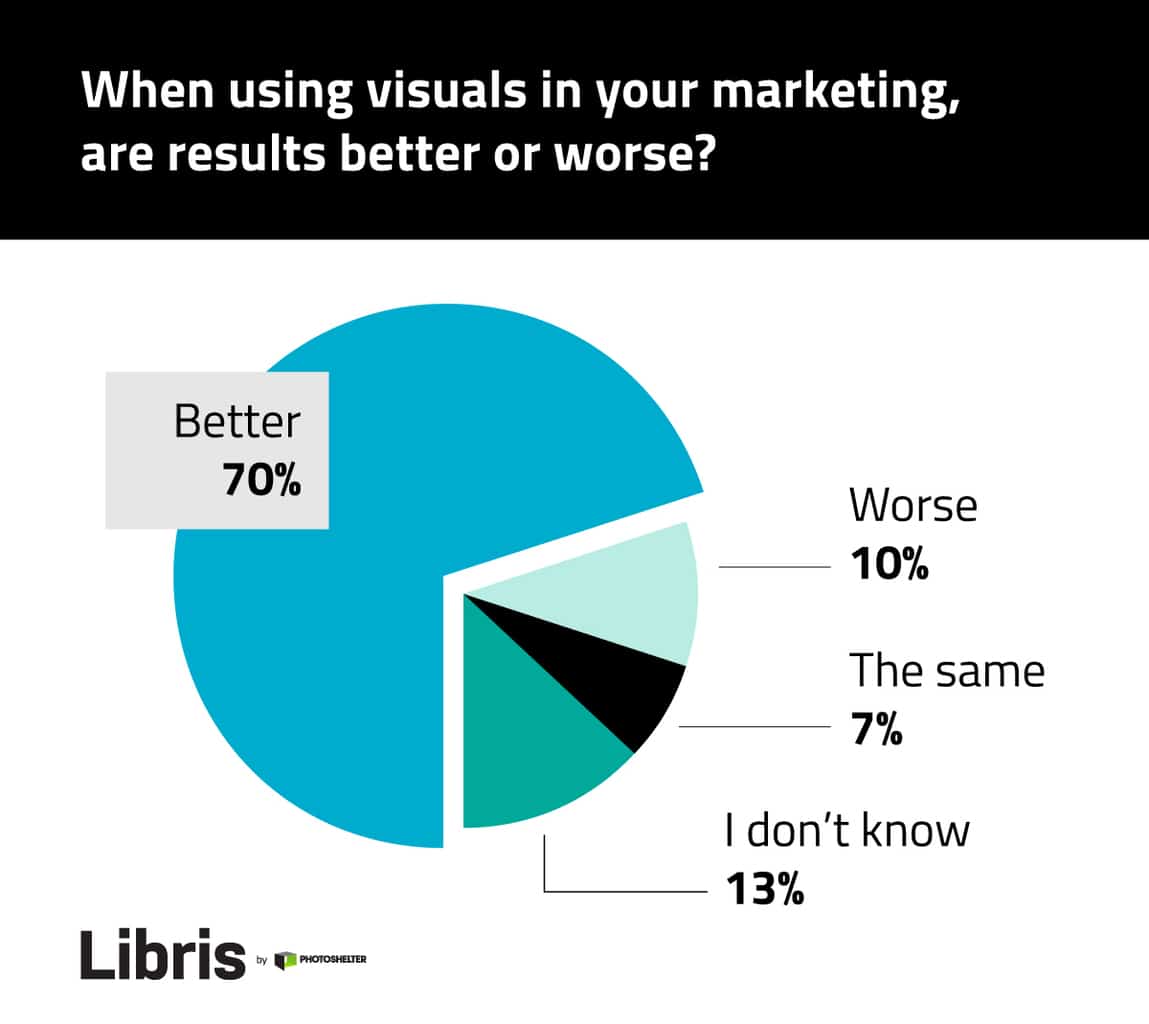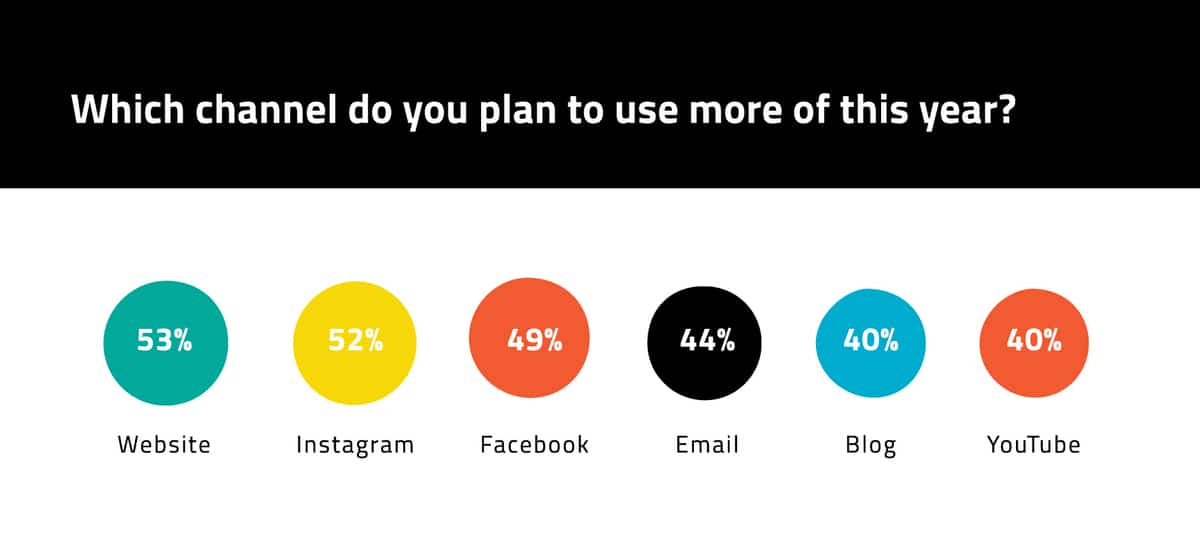Visual storytelling is fundamental to keeping your audience interested and excited about your brand. And this trend is not going away.
In fact, in our recent 2018 Report: Engaging Your Audience with Visual Content, in partnership with Contently, we learned that 70% of marketers and creative professionals say their results are better when they use visuals. This result is seen through companies using social media platforms such as Facebook and Instagram, both visual mediums, to reach and engage with their customers. In order to attain more consumers, they may find that using social media growth services similar to GAINMOREFollowers could assist with their social media growth, giving them an extended reach.
If communicating visually is one of the best ways for a brand to connect with its audience, we wanted to discover how marketers are managing the constant demand for visual content. Check out the full report here and see how you stack up.
One area we were particularly interested in – sharing visuals. We wanted to know exactly which digital channels work (and which ones don’t), how often marketers distribute content and the type of visuals drive the most engagement.
Here’s what we found.
We first wanted to get a sense of how often organizations use visual content to engage their audiences (whether through social media, email, blog posts, etc.) 65% are sharing visual content at least once a day. See here:
Of those who share visual content daily or multiple times a day, 34% also believe speed is “important” or “very important.”
But how much is enough? We asked if marketers feel like the rate at which they share visual content is hitting the mark. The results here are almost split down the middle. Take a look:
Interestingly enough, 52% of those who said “No” also use visual content to engage with their audience at least once a day – a rate they want to increase in the future.
When it sharing, we also wanted to know exactly how the content being used. So, we asked marketers to tell us the main use cases for photos and videos in their organization. Participants could choose only one. “Advertising” was the top response, followed closely by “social media” and “website.”
Less common primary use cases were sales (3%), customer support (3%), experiential communication (2%), recruiting (2%), internal communication (2%), print marketing (2%), training (1%), and other (2%).
Distribution can sometimes be overlooked when discussing the different parts of the creative process. So in terms of sharing, we also found out what tools and platforms are being used to share and publish visual content. Here’s a look at the top five responses:
Facebook came out on top, which will be interesting to watch considering its algorithm changed at the start of 2018 and no longer favors content from businesses, brands, and media.
To measure the effectiveness of different channels, we were also curious about which channel does the best job at engaging an audience. Participants could only choose one answer. Here’s a look at the top five responses. Facebook came out on top again.
The channels that came in at the bottom were Twitter (7%), blog (5%), YouTube (2%), Snapchat (0%), and Other (1%). It’s worth noting that 100% of respondents who say Facebook does the best job engaging their audience always include a visual asset with their posts.
We then asked how often marketers include a photo, video or other visual asset when posting to their most engaging channel. A whopping 75% said “Always.”
Clearly, visual content is a crucial part of audience engagement. Of the 75% who always use visuals with their content marketing, 72% also say their need for videography is increasing and 66% say their need for photography is increasing.
To get a snapshot of the mix of content companies are using, we also asked about which visual content typically the most engagement. Participants could only choose one.
More than 70% of participants who cite custom video as the hardest content to produce also say it drives the most engagement. So, while some may find the production and execution of custom video challenging, the return is well worth the investment.
Additionally, with 21% of participants sharing they don’t know which type of visual content drives the most engagement, a large portion of creative professionals can’t definitively link content types to performance, even if they know it’s having an impact.
And if there was any doubt, it’s clear visual content marketing is working. But we asked about this specifically. See below:
Looking Forward
As the need for visuals increases, next year is going to be interesting to watch as brands adapt their strategies and pursue growth. That’s why we also wanted to explore what creatives and marketers are planning.
We first asked which digital marketing channel professionals plan to use more of this year. Participants could choose all that applied. The top responses were:
The channels organizations plan to focus on least are LinkedIn (38%), Twitter (35%), and Snapchat (11%).
We were also curious about which visual content formats marketers plan to take advantage of this year. Participants could choose all that applied. The top responses were:
With visual content at the center of storytelling, this report may open your eyes to the fact that the production, organization, and sharing of visuals is more central to your job than you realize.
Creators have to establish a clear workflow, communicate their approach to the entire team, and set up a system for testing and measuring performance. In other words, when it comes to engaging your audience with visual content, you need a strategic plan in place to help you get there.
For more insights into how marketers are navigating the growing need for visual storytelling, check out our 2018 Report: Engaging Your Audience with Visual Content.
